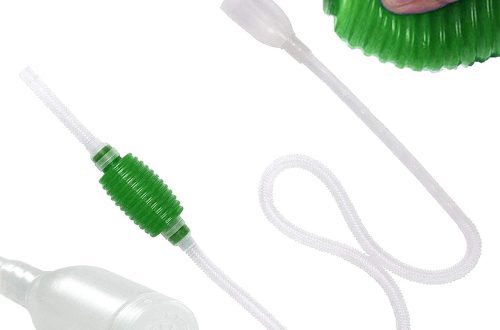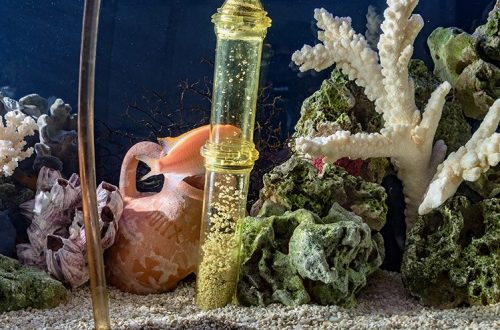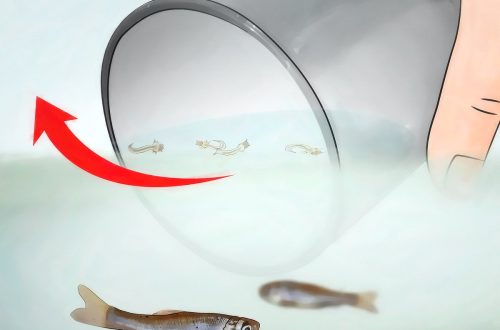
Proper feeding of fish
The key to good health and well-being of aquarium fish is proper nutrition: what kind of food you feed the fish, and how often you do it. Unfortunately, not all aquarium owners pay enough attention to this issue, and pets get sick and even die as a result.
In this article, we will talk about the key points in the formation of the correct regimen and diet that will help your fish stay beautiful and healthy throughout their lives.
In their natural habitat, fish eat a fairly diverse diet, and the diet of aquarium fish should also be rich and varied. No matter how good the finished food is, don’t forget that it is a simple substitute for those beneficial nutrients that fish find in nature. However, a good ready-made food includes basic nutrients – and aquarium fish have enough of it for a normal life.
When compiling a diet for fish, you must consider that certain types of fish are suitable for certain foods. Pet stores offer a wide range of food of all stripes and colors, and it will not be difficult to choose the right option. Always pay attention to the quality of the feed, its consistency, the integrity of the package, etc.
Contents
Feed and feeders
It is very convenient to feed fish with dry food using a feed ring, so food particles are not scattered over the entire surface of the water, but are localized in one area. During feeding, the fish will swim to the surface of the water and eat particles of food.
Bloodworms, enchitreya, tubifex, etc. are used as live food. Before feeding, such food is thoroughly washed with running water corresponding to aquarium water in temperature.
Here, as in the case of ready-made dry food, quality is important. For feeding bloodworms and tubules, we recommend using a special feeder, which is a container with holes at the bottom. Through these holes, live bloodworms and tubifexes themselves move into the water. Only dead and dying worms remain in the feeder; they should not be fed to fish.
Feed size
If the fish does not swallow food or, having barely swallowed it, spits it out, then it does not suit her or she simply cannot eat it. If you are feeding small fish bloodworms or tubifex, cut them into small pieces.
At the same time, large fish need to be fed with appropriate food, they will not eat up small particles.
It is believed that the correct size of food for fry is approximately the size of their eyes.
How often should fish be fed?
The norm for adult fish is 1-2 meals per day. The recommended daily ration for one fish is 5% of its weight.
The first feeding is best done at least an hour after the light is turned on, i.e. the beginning of the light day of the fish, and the last – a maximum of an hour before dark (turning off the light).
It is advisable to give food in special feeders and place the feeder in the same place. If you gave the fish dry food, and after 5 minutes it was not eaten, remove the remnants with a net. Always remove excess food, otherwise it will pollute the aquarium.
Some aquarists give their pets a hungry day once a week – during this day the fish eat leftover food and clean the plants. This is quite a useful practice and you can refer to it as well.
The daily norm of live food should be divided into small portions and, accordingly, several meals. If you give a large amount of feed at one time, it will not bring much benefit. At first, the hungry fish will eat, and then they will lose interest in food, and the excess food will remain in the aquarium.
Frozen food is given to fish immediately after thawing.
Fry are recommended to be fed more often than adults.
Overfeeding is the main danger!
Many inexperienced hobbyists mistakenly believe that it is better to overfeed a fish than to leave it unsatisfied. In reality, everything is quite the opposite. Due to overeating, fish become less active, lose their color, cannot reach spawning, their immunity decreases, in addition, food residues spoil the water. While intermittent light malnutrition, on the contrary, is very beneficial for fish, it has a beneficial effect on metabolism, sexual activity and other processes.
Over time, by observing the fish and their needs, you will learn to adjust the amount of food for each meal. If during feeding you notice that some fish behave sluggishly and do not take food, this is an occasion to think about their well-being.
The key to success in alternating food!
Remember to rotate food, because even the highest quality line will not bring much benefit if the entire diet is based only on it.
Take care of your pets!





